Synopsis: the regenerative remix can take place which implement as a part of communication in order to create archives. This is a record game by creating contemporary music scores, to play around with found objects approach to an aesthetics of sampling.
The remix theory carries a critical trace of colonial resistance. Remix is extended, selective, reflexive, and regenerative, according to its characteristics, remix brings the possibility of re-versioning, cover versions, and diversity of samplings. This concept is aligned with contemporary thinking, the three keywords which are progress, imagination, and self. In contemporary art practice, reconstructing, rethinking the future, and self-portraiting, we could catch up on many of those themes and concepts by adapting to artworks. The transformation of social change from one version to diverse versions, the progress of society is reimaging and reshaping the world. This break with the uniformity of colonial society constructs the ideology of contemporary artworks.
My curating idea is related to remix theory, the aim of the curatorial project is to use the materials to make the ‘score'(could be abstract or unfinished, fine or complete), it is a recorded method that sketches the process how you play with materials based on your own imagination. I am encouraging my participants to create their own version, their self-portrait, or other ideology terms to draw or write their graphics or images or anything that they are likely to create. The play is free and used by openness form, which combine contemporary music and contemporary art to implement as a creative publication relate to an inter-discipline approach.
Artists’ examples connect with my art form:
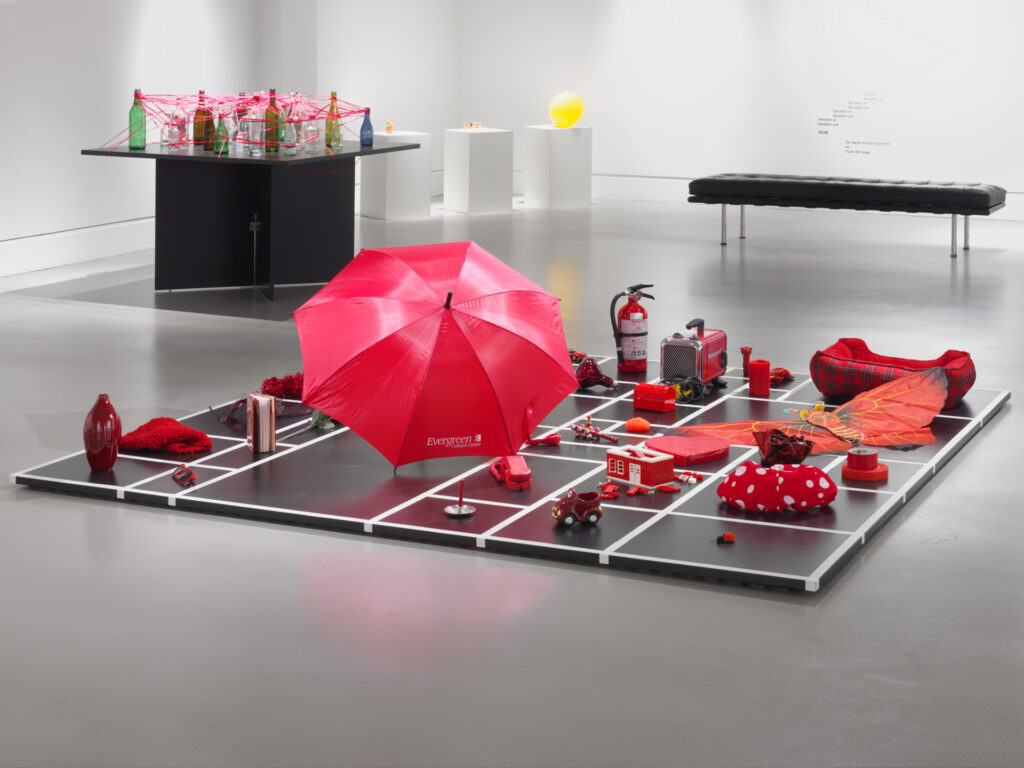 (Do it exhibition)
(Do it exhibition)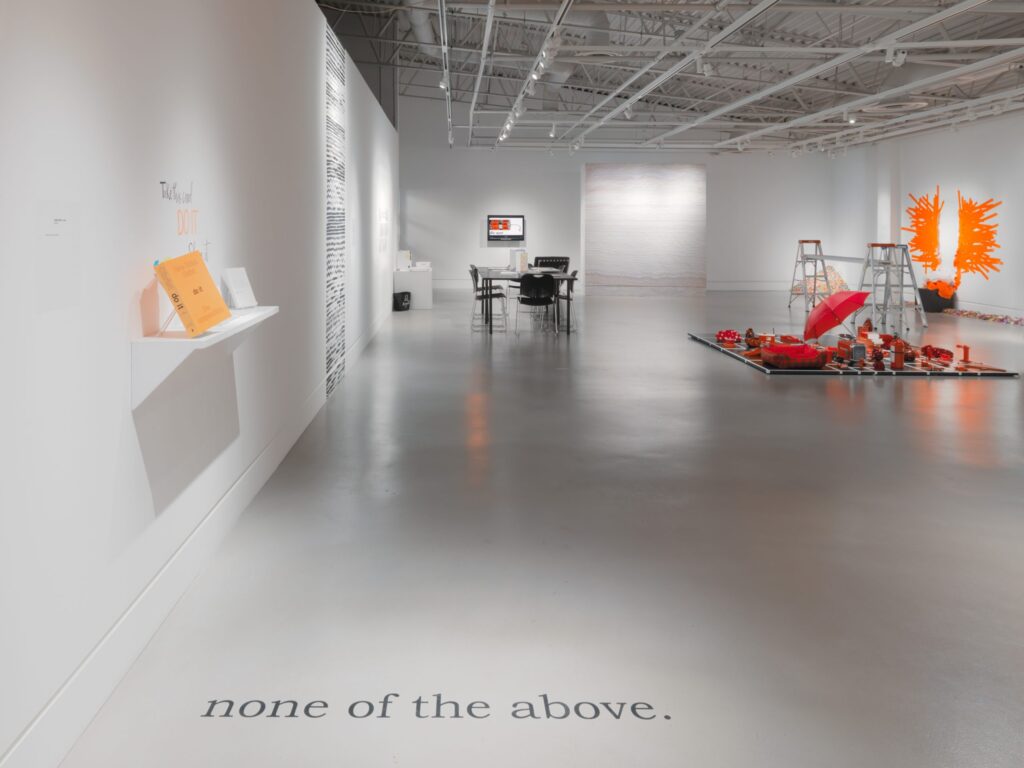 (Do it exhibition)
(Do it exhibition)
do it began in Paris in 1993 as a conversation between curator Hans Ulrich Obrist and artists Christian Boltanski and Bertrand Lavier? They were curious to see what would happen if they started an exhibition that could constantly generate new versions of itself. To test the idea, they invited 12 artists to propose artworks based on written “scores” or instructions that can be openly interpreted every time they are presented. The instructions were then translated into 9 different languages and circulated internationally as a book.
In 1975, Peter Schmidt and Brian Eno created the original pack of Oblique Strategies cards, by thinking about approaches to their own work as artists and musicians. The Oblique Strategies constitute a set of over 100 cards, each of which is a suggestion of a course of action or thinking to assist in creative situations. These famous cards have been used by many artists and creative people all over the world since their initial publication.
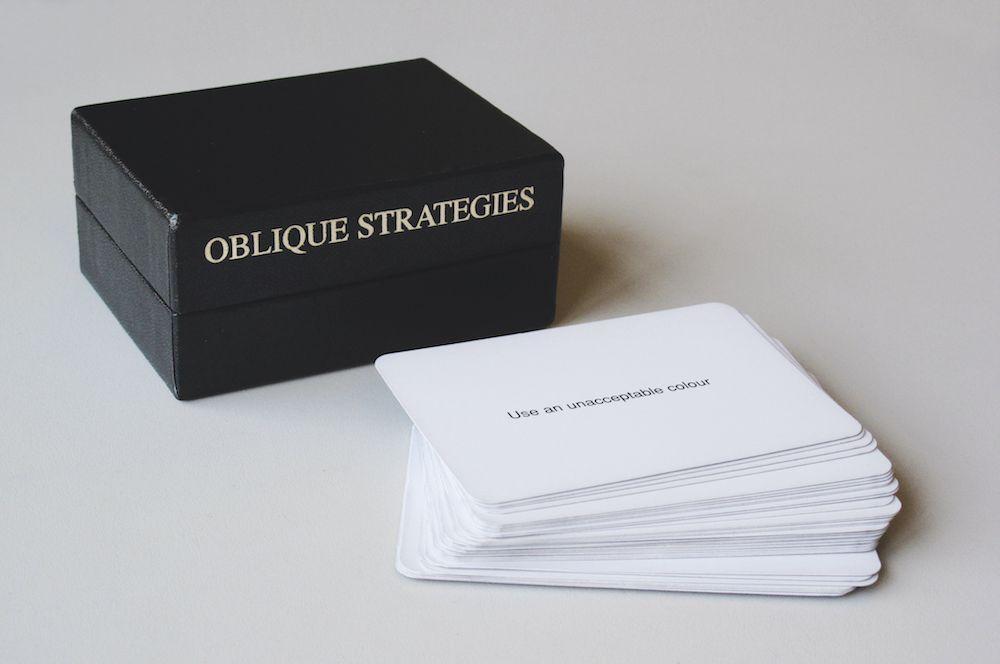
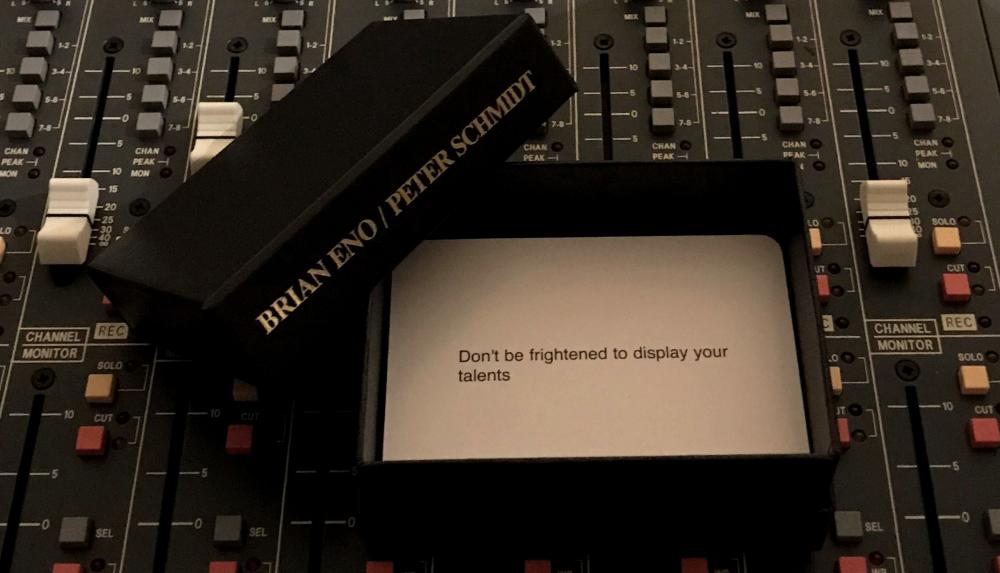
The openness form:
In contemporary thinking, how we understand the openness form, the initial ideas from John Cage, he completely broke with traditional music form into new thinking with music. His performance of silence sat on the piano chair for the whole performance timeline. His performance of ‘water walk’, to think with contemporary concepts, we are now founding objects around our daily life to create new music, and new thinking instead of traditional instruments.
Modern&Contemporary ideology:
Three key words: Progress, imaginary, and self.
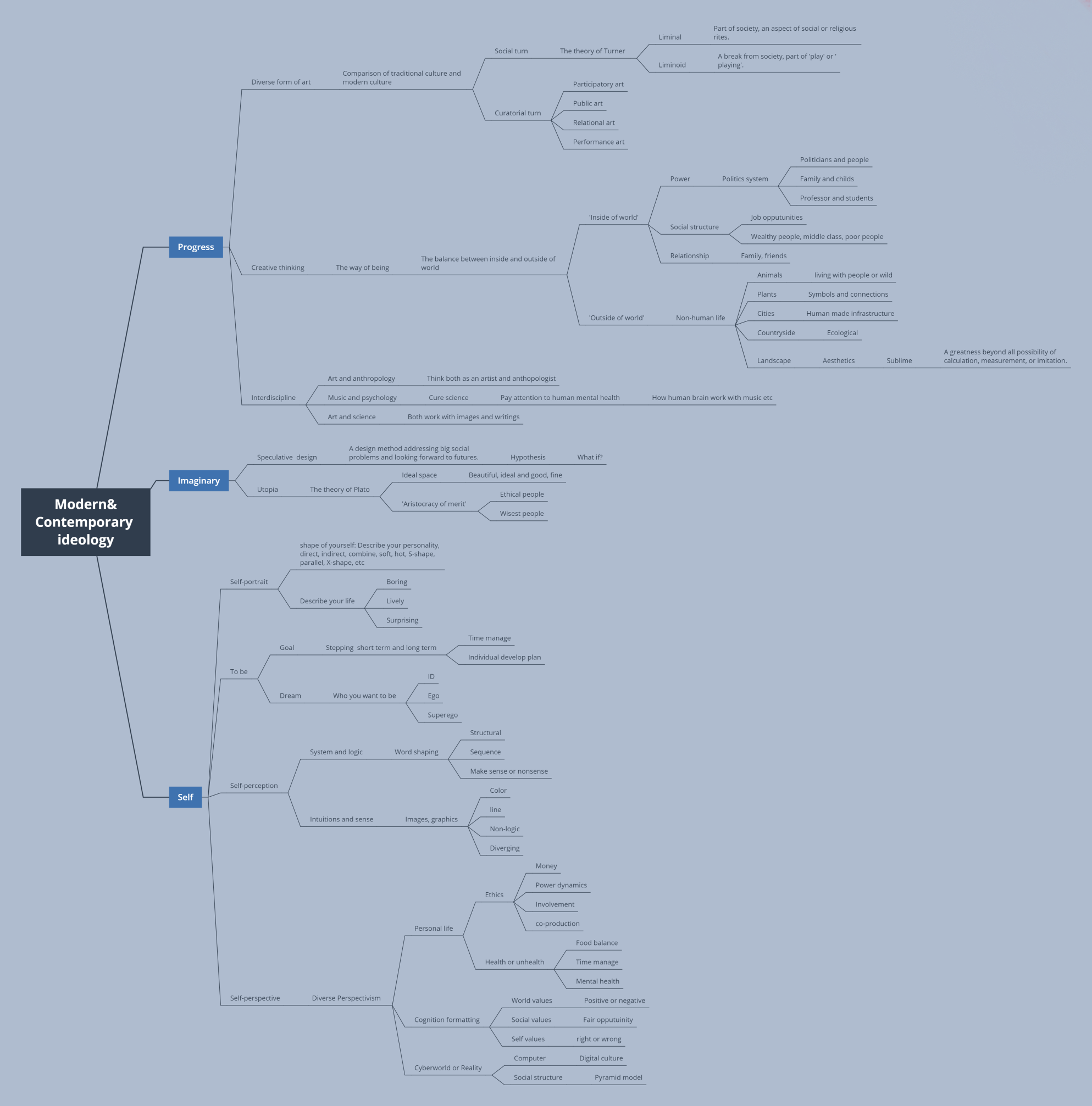
Brainstorming ideas is a conceptual connection in the contemporary art field. How artists think in an alternative way through social issues, mental health, relationships, and participations, memories, the imaging future, fantasies, traditional arts include in three keywords. Therefore, the social concept transformation is clearly demonstrated more reflects on inter-discipline, the artist thinks boarder, creative, critical, and fruitful.
As concerned as a material method, how different data collect from the participants to reach the purpose of what the contemporary field is going to do for the future, will be an evolution of art forms? A focus on the theme of contemporary art? How the data display on the final results as a speculative design on future contributions.
Some examples to approach the score-making discursive inspirations
Record memory:
Artist Jiaxin Lu started with some simple sketches that looked into her narratives instead of the route of a physical map. This concept of self-expression contributed to her personal life, her imagination, and her memories. In her works, she attempted to catch up with the maximum memorization and recorded them down through art practices.
 (Record memory)
(Record memory)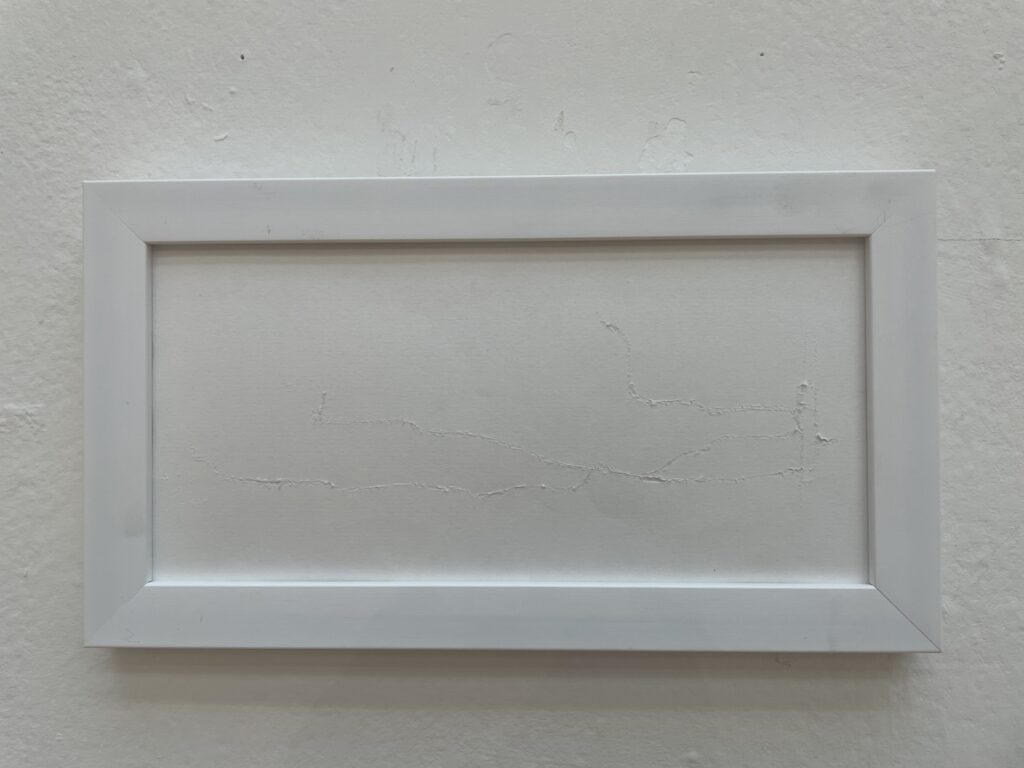 (Record memory)
(Record memory)
Growth after Szpakowski, Belonging, Fertility:
Artist Remi Jablecki is a funny person. He introduced his initial start points from the metal sculpture of potatoes developed in painting practices. The generative of cells in biology is described with his imaginary of vibration. Moreover, how the stems grew up from the potato.
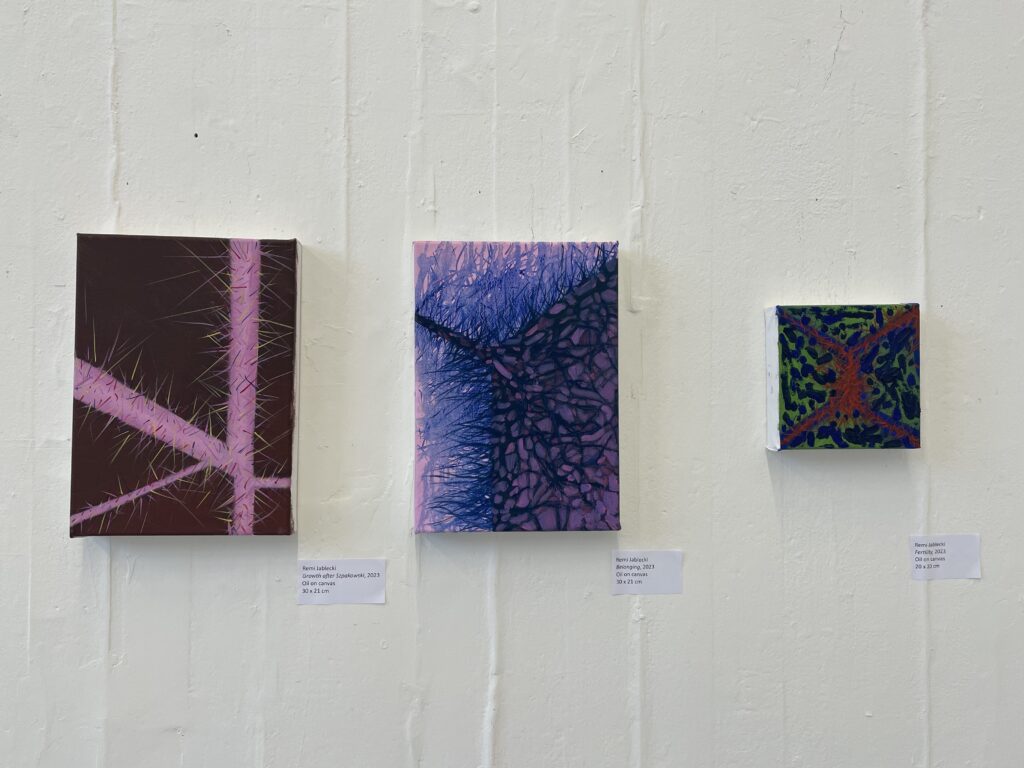
(Growth after Szpakowski, Belonging, Fertility,2023)
Droplet Series:
Artist Juliet Williams focused on material experimentation, and how she utilized crystal resin creating experiments on found perspex to dive deeply into the subject matter of the sensation of water. The way she produced her work plays with emotions and brings nature inside.
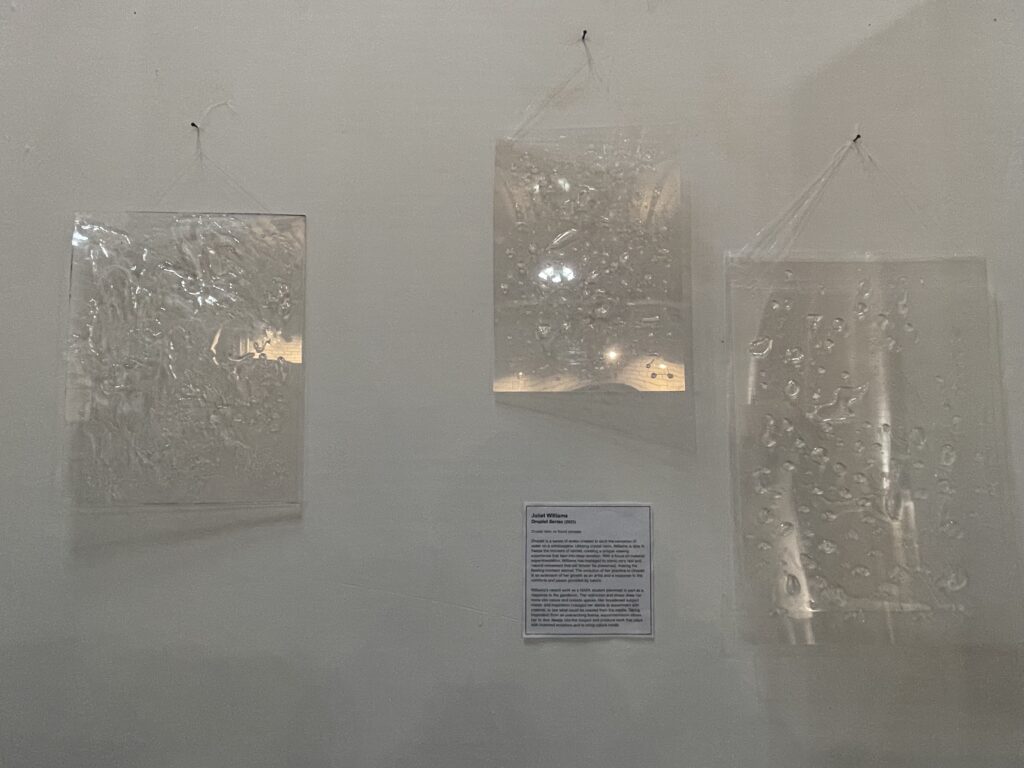 (Droplet Series, 2023)
(Droplet Series, 2023)
Public engagement:
https://www.eventbrite.co.uk/e/music-workshop-tickets-605996571057
https://www.whatsoninedinburgh.co.uk/event/119131-experimental-music-workshop/
The event post on the Creative Edinburgh website:
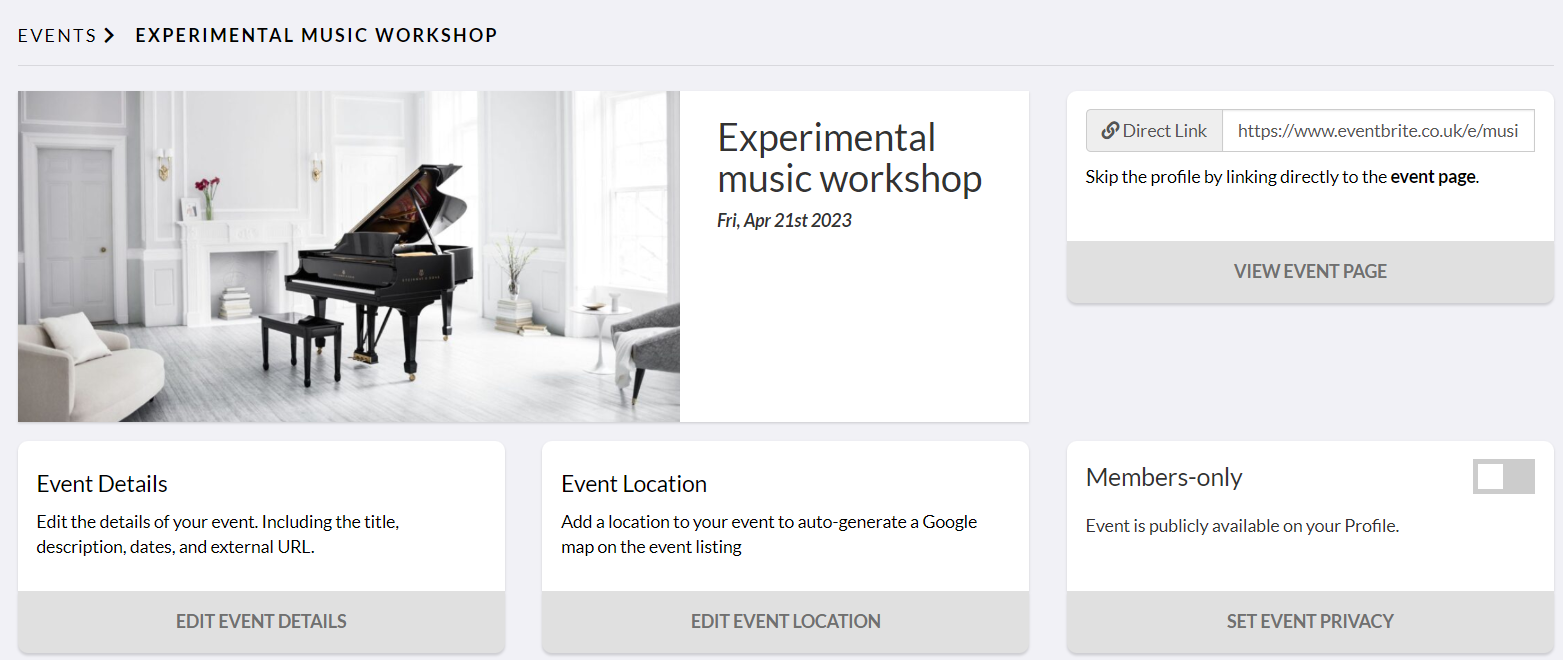
References:
https://evergreenculturalcentre.ca/do-it/
https://stoney.sb.org/eno/oblique.html
Navas, E. (2012). Remix theory : The aesthetics of sampling. Ambra Verlag.



Leave a Reply